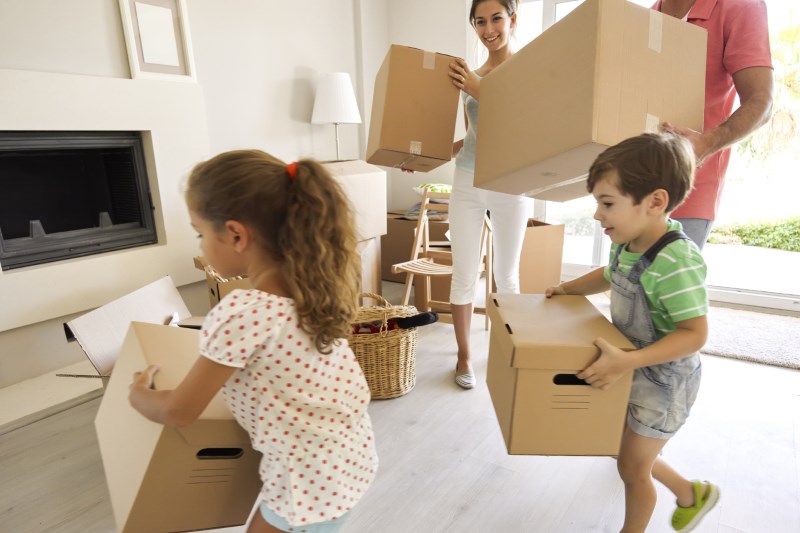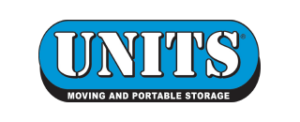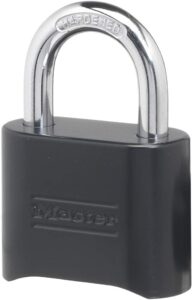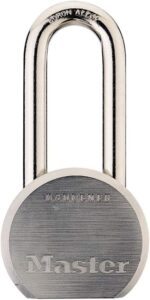Back in 1998, PODS revolutionized the way people moved and stored their stuff. Now other moving and storage container companies have followed suit with similar portable storage containers.
How to Pack PODS and Other Moving Containers
For over 8 years Move.org experts have examined pricing, credentials, and real customer reviews to give you (human) recommendations you can trust. See how we review.

While moving services and moving trucks make moving easier, they also tend to be more expensive and less convenient. Moving containers—a combination moving truck and storage unit in one—are a great alternative with no time constraints.
But you could find yourself paying for containers you don't actually need if you don't know how to efficiently and securely pack a pod or moving container. We've gathered tips and tricks for how to pack a moving container, including PODS, so you can avoid a costly mistake and ensure your belongings arrive safe and sound. Here's what we'll go over:
Data as of post date. Offers and availability may vary by location and are subject to change. Pricing data collected by requesting estimates from top moving container companies for four home sizes across six distances.
1. Getting ready to pack your moving container
The company you rent from will deliver an empty moving container to your home and leave it at ground level for easy loading and unloading.
A moving container can stay on your property for as long as you need it—unless local regulations prohibit doing so. This gives you plenty of time to pack your container properly, and gives you the option for backyard storage (though this often costs a monthly fee).
When you're ready to move the unit, the company moves it for you to your new home or to a storage facility.
Storage unit size and construction vary from company to company, so you'll want to do some research before you order your PODS or moving container. Check out our guide on estimating the storage container size you need and our Best Moving Container Companies list for quick tips and recommended companies.
2. Prepare your stuff
Before you pack your pod or moving container, you'll need to get your belongings ready to be packed. In order for your items to best fit in the unit, you should follow these rules:
- Use as many of the same-sized boxes as possible.
- Don't overload boxes.
- Aim for a firm pack for greater protection.
- Reinforce the bottom and top of the boxes with tape.
3. What, when, and how to load a pod
When you load your things it's important to create a solid foundation that won't shift during transportation so your items won't get damaged during the move. Here's how to do that.
Create a wall and pack it
Pack your items from floor to ceiling, creating wall-like layers on the sides of the container until they reach the top. Then, pack boxes and other items as tightly as possible in the container to keep them from shifting during transportation and to evenly distribute weight.
Distribute weight
When loading boxes and other items, such as furniture, distribute the weight evenly from end-to-end and side-to-side of the moving container. Start by packing some of your heavier items, such as appliances and furniture, on the bottom. If you can’t get proper weight distribution with your items, place the heaviest items in the center of the storage container and place lighter items on top.
Fill and maximize space
Don't forget to fill holes. If there's space between the top of the boxes and the unit's ceiling, place soft items between them, such as bags of clothing or linens. Odd-shaped items, such as bikes, can go on top of boxes or near the doors. Remove the legs from furniture and stand large items, such as couches, on end to maximize space. If you have a mattress to load, load it last to finish off the last layer of stability.
4. How to pack fragile and important items
Not everything you own should go in your moving container. While storage containers are generally a safe way to move your things, it's better not to risk the loss or damage of such items. Keep your valuables, heirlooms, legal documents, important papers, and any essentials separate and carry them with you when you move.
With that in mind, here are some extra ways to make sure your stuff is safely secured and protected inside the container.
Cushion and wrap fragile items
Clothing, newspaper, and pillows work well to cushion delicate items. You can wrap glass, televisions, and other fragile items in furniture pads or bubble wrap—or grab a special box for transporting those items. (We've even got a list of recommended boxes for art and photos.) Also don't forget that:
- Furniture padding also works well to protect wood surfaces and corners.
- Appliances and furniture should be covered with moving blankets.
- Stretch wrap can be used to wrap couches, mattresses, and other soft furniture.
Protect your items from light exposure
Cover any items near the top of your container with a layer of cardboard or other material to protect them from light exposure. This is especially important if you're storing the container outside for an extended period of time.
Keep your items from moving during transit
Most storage containers have points where you can install loading straps. We recommend using ratchet straps or tie-down rope whenever possible to secure the items inside your unit and to prevent shifting.
Be sure to secure the last section of items near the doors with loading straps, to prevent them from shifting and blocking the door. (P.S. Don't apply force when securing the straps or you may damage your items!)
Protect against mold and mildew
The last thing you want is to open your storage container and find out your grandma's antique hutch is now dotted with black mold. Even if you're not moving to a humid climate, it never hurts to place moisture absorbers inside the moving container.
Don't forget to lock up
Lock your moving container whenever it's unattended to prevent theft. Some companies provide locks, while others require you to purchase one.
5. Take your time loading and unloading
“Most damage occurs from people rushing to load or unload a container. When people are packing or unpacking after a long and stressful day, they can get a little clumsy or careless,” according to Ross Black, owner of Simple Box.
Whether you go with PODS or another one of our recommended moving container companies, taking the extra time and planning to pack your container carefully will make unpacking easier and quicker while eliminating the unnecessary stress caused by dealing with broken, damaged items.
6. Move.org's moving supply picks
Having the right supplies and equipment on hand before you start can make moving that much easier.
Aside from our recommendations for the best moving boxes, moving equipment, and tools, we think these are good to have on hand when you move too.
Data as of post date. Offers and availability may vary by location and are subject to change. Pricing data collected by requesting estimates from top moving container companies for four home sizes across six distances.
Recap
Properly packing your pod or moving container ensures your items arrive safe and sound, but it doesn't have to be difficult or take up a lot of time from your already busy schedule.




